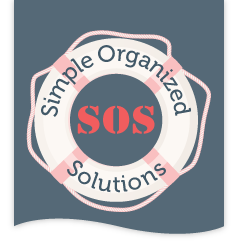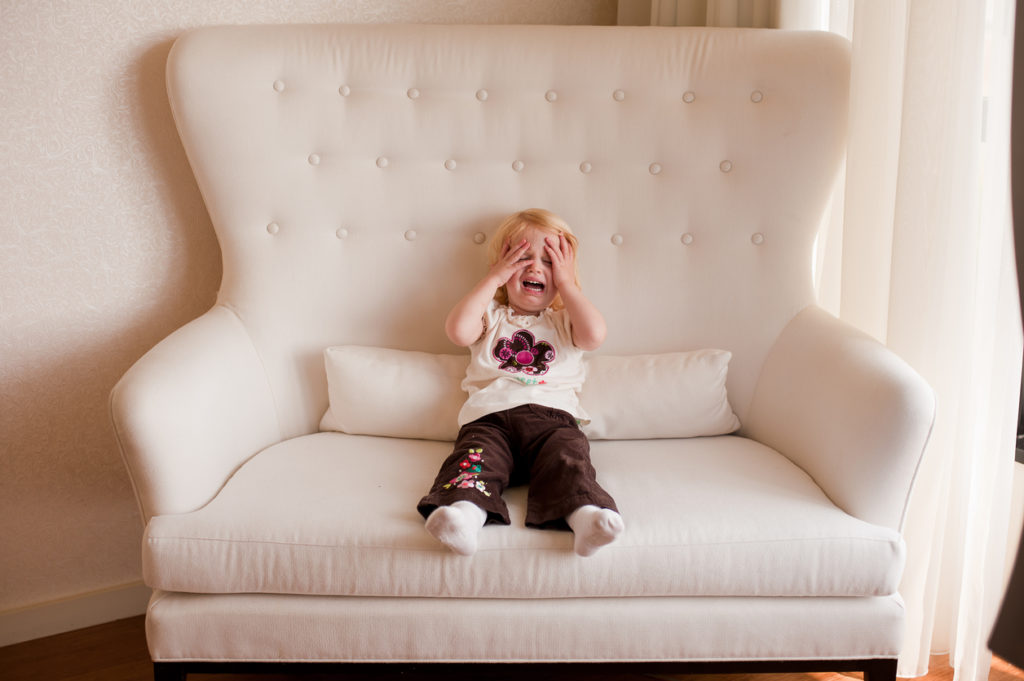
Image courtesy of renjith krishnan/FreeDigitalPhotos.net
Did you ever wonder how you ended up with so much stuff? The answer is…life happens. You need things; things to take care of you and others. You need things to help you earn a living. You need things to clean your home. You need things to prepare and eat food. You need things to decorate you and your living spaces. The list of things you need can seem endless, especially when you’re just starting out.
You acquire things as you discover that you need them. Then as time goes by, you find that you need less and less but you keep on acquiring things. Maybe some things seem like a good idea at the time but then you learn that you really have no use for them. Or your situation changes so that thing is no longer needed. Or maybe something bad happens in your life and you decide to go shopping to lift your spirits.
How you manage your things as they come and go can have an effect on your life. What you do with your things is not always a priority at the time you bring them home. Those things start piling up because you don’t have a strategy to manage your things, and they become clutter. As I’ve mentioned before, clutter is stagnant energy that can have a negative impact on your life. You may think you’re keeping your things in order then, BAM! Life happens. Someone gets married or has a baby. Someone else gets divorced, or becomes critically ill, or any number of life changing situations that you need to confront.
Developing a strategy to manage the things in your home can keep your things proportionate to your living spaces.* This strategy doesn’t need to be complex. Simple things to consider when you bring things into your home, is a good start. Having an overall strategy to manage things as they come and go, will maintain your peace. Read on for some ideas to develop your strategy.
• Next time you are going to acquire something, ask yourself if you really need it, if you will use it, if you have space for it, if you have something similar, if you love it.
• Find a home for it when you bring it into your house, and label the space or container, so you know where to put it when you’re done using it – this also helps you see what you have so you don’t buy duplicates.
• Give yourself permission to discard a gift or inherited item that you don’t love, won’t use, or have space to store. You can always take a picture of the item, and perhaps voice record the story behind it to keep with the picture; digital storage is the best option for this concept.
• Ask the person how long they need to store it in your home, then, decide if you want to keep it for that long. Label it with an expiration date. Contact the person a month or so before the expiration date to remove their thing(s).
• When you bring in a new thing, remove another thing – one in, one out rule; teach this rule to everyone that lives in your home.
• Make the decision to purge your things on a regular basis, then decide how often to do it. Everyone in the home needs to be onboard with this concept.
• When purging, ask the same questions above that you ask yourself when you are acquiring something new.
• Determine allotted space for each item category. When the space fills up, it’s time to purge.
• Make purging your things part of your cleaning regimen.


